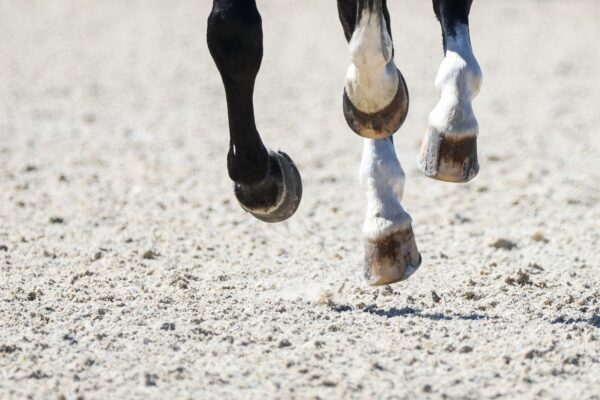British Dressage: How do you define an unintentional whip use?
- Tilly Stirrup - TCP

- 6 hours ago
- 2 min read
British Dressage: The logic of the rider's brain and the pain sensor
While the FEI was preoccupied with the no blood economy, British Dressage (BD) is grappling with an even more existential problem in its new Equine Welfare Threshold Framework: How do you prove intent? The BD decides on sanctions by distinguishing between ‘unintentional’ (gentle warning) and ‘intentional’ (more serious) use of aids.
We asked the BD: How do you define an unintentional whip use? How to distinguish a brief outburst of anger from an ‘honest reflex’ – without resorting to brain sensors for the rider. The logical gaps are as big as a dressage arena.
We did not receive a single answer.
Here are the questions we asked, which show that the BD is not concerned with animal welfare here, but merely with the rider's ‘magic words defence’:

I. The Proof Problem: What Counts as “Unintentional”?
1. The Snapshot Excuse:
If photos and short videos “don’t count” because they only show a moment in time, then how exactly will officials prove that a whip or spur strike was unintentional? What’s the official, BD-approved method for spotting an accident versus bad riding?
2. Reflex vs. Rage:
If a rider claims it was just a reflex, how can BD tell the difference between a true accident and someone losing their temper for half a second — especially if video proof is apparently too unreliable?
3. The Magic Words Defence:
If a rider simply says, “I didn’t mean it,” does that automatically cancel out what everyone saw? Or will BD be fitting riders with brain sensors to check if their “prefrontal cortex” was switched off at the time?
II. Causality and Common Sense
4. Blame the Horse, Obviously:
How will judges prove an injury was from an accidental aid and not a deliberate one? Or does the horse now have to prove itself innocent?
5. Examples, Please:
Since using a whip is usually a deliberate act, can BD give some real examples of what counts as “unintentional misuse”?
6. Where’s the Line?
What’s the difference between losing your temper for a second and having an honest reflex? Both hurt the horse, but only one gets a polite letter from BD.
7. The Price of Intent:
At what point does a horse’s pain weigh less than keeping a nice, smooth dressage test going for the cameras?
8. The Letter of the Law:
If “unintentional misuse” just earns a quiet warning from BD, does that mean bad riding doesn’t really count as a welfare issue — as long as it happens stylishly?
III. Semantics and Spin
9. The PR Gloss:
When BD calls these incidents “minor” or “isolated,” what’s the new term for the horse’s pain? “Accidental Motivation Adjustment”?
10. The Ethical Shrug:
If intent can’t really be proven, and video proof is dismissed, doesn’t this rule basically mean: “We know it happens, but let’s not make a fuss”?
Sources:
Horse and Hound:








Comments